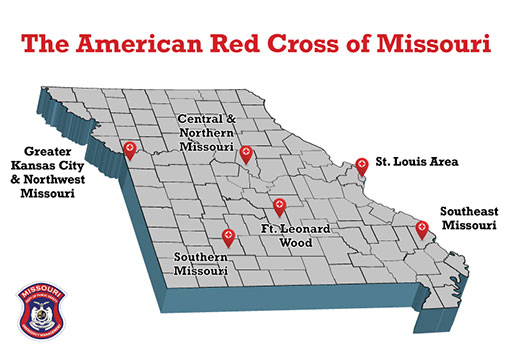Fires
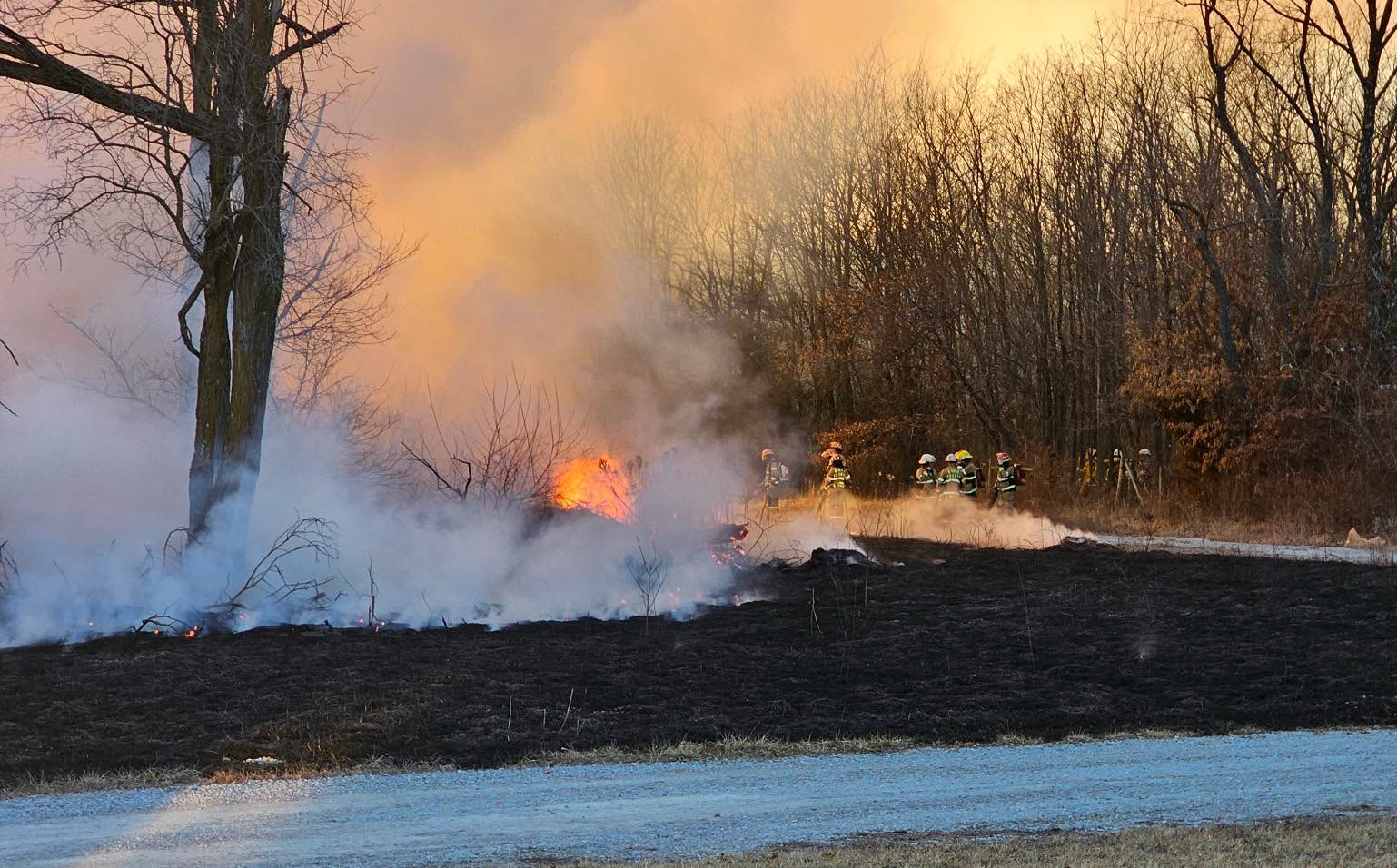
While fires are often unpredictable, there are many steps you can take to protect your family and property in the event of a fire. Structure fires are the most common type of fire in Missouri, and the deadliest. While Missouri is not known for large wildland fires, like those that regularly affect some western states, dry conditions, low humidity and strong winds can combine to create dangerous brush and wildland fires. That was the case in early 2025, as wildland fire activity increased in February. The incidence of wildland fires then rose dramatically in March 2025. Very dry vegetation, low relative humidity and breezy to windy conditions led to a rash of wildland or natural cover fires across Missouri. There were estimated to be over 1,000 wildland fires during March 2025. On March 14, strong winds led to the spread of well over 100 wildland fires around the state, straining fire resources. Some fires damaged and destroyed structures. That day, the Boone County Fire Protection District responded to 21 of wildland fires; in Camden County, there were reported to be 30 wildland fires burning simultaneously on March 14.
Fire Prevention
To prevent the spread of fires started to burn brush and debris, keep in mind the following precautions:
- Check for local burn bans or restrictions before conducting any open burning.
- Keep fire a minimum of 75 feet from all buildings.
- Never use gasoline, kerosene or any other flammable liquid to start the fire.
- Do not leave a fire unattended.
- Have fire extinguishment materials on hand, including a water supply, shovels and rakes.
- Be prepared to extinguish your fire if the winds pick up.
- DO NOT delay a call for help – call the fire department immediately at the first sign of the fire getting out of control.
Missouri Open Burning Regulations
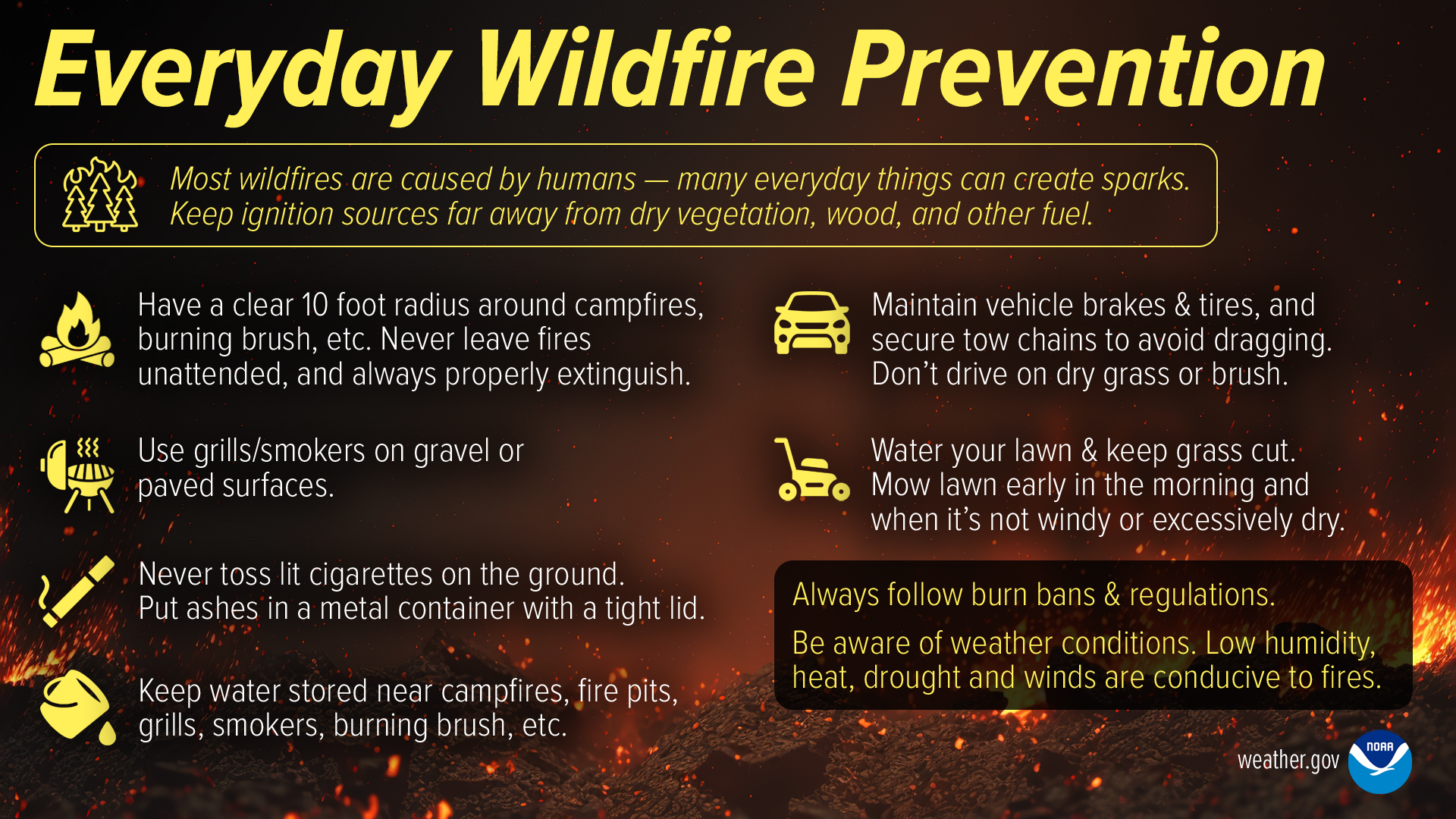
Direct Assistance
If you are impacted by a fire, first contact your insurance provider as soon as you can. Additionally, direct assistance to individuals and families may come from any organizations, including:
9-1-1 or your local fire department

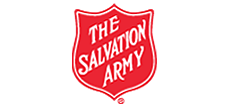

Missouri chapters of the Red Cross:
- Greater St. Louis
- Central and Northern Missouri
- Southeast Missouri
- Greater Kansas City and Northwest Missouri
- Southern Missouri
- Ft. Leonard Wood
Other volunteer and faith-based organizations
These organizations provide food, shelter, supplies and assist in clean-up efforts.
Other Resources
- Ready.gov - Fires
- Ready.gov is the federal government’s best resource for general emergency preparedness and disaster readiness information for citizens. Learn how to prepare for fires.
- University of Missouri Extension: Fire
- Publications available from the University of Missouri Outreach & Extension can assist individuals and families prepare for fires.
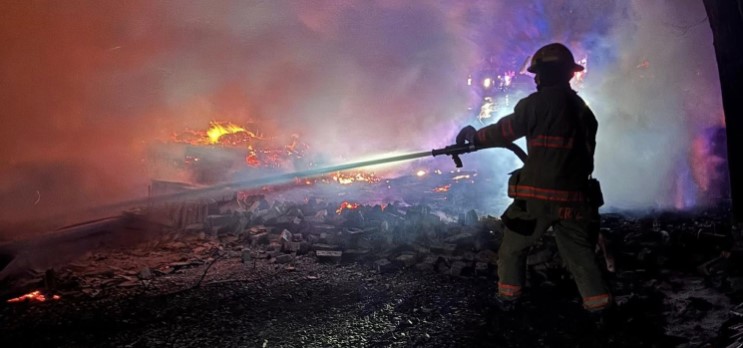
Boone County Fire Protection District firefighters responded to 21 wildland fires on March 14, 2025. (Photos courtesy of Boone County Fire Protection District)

